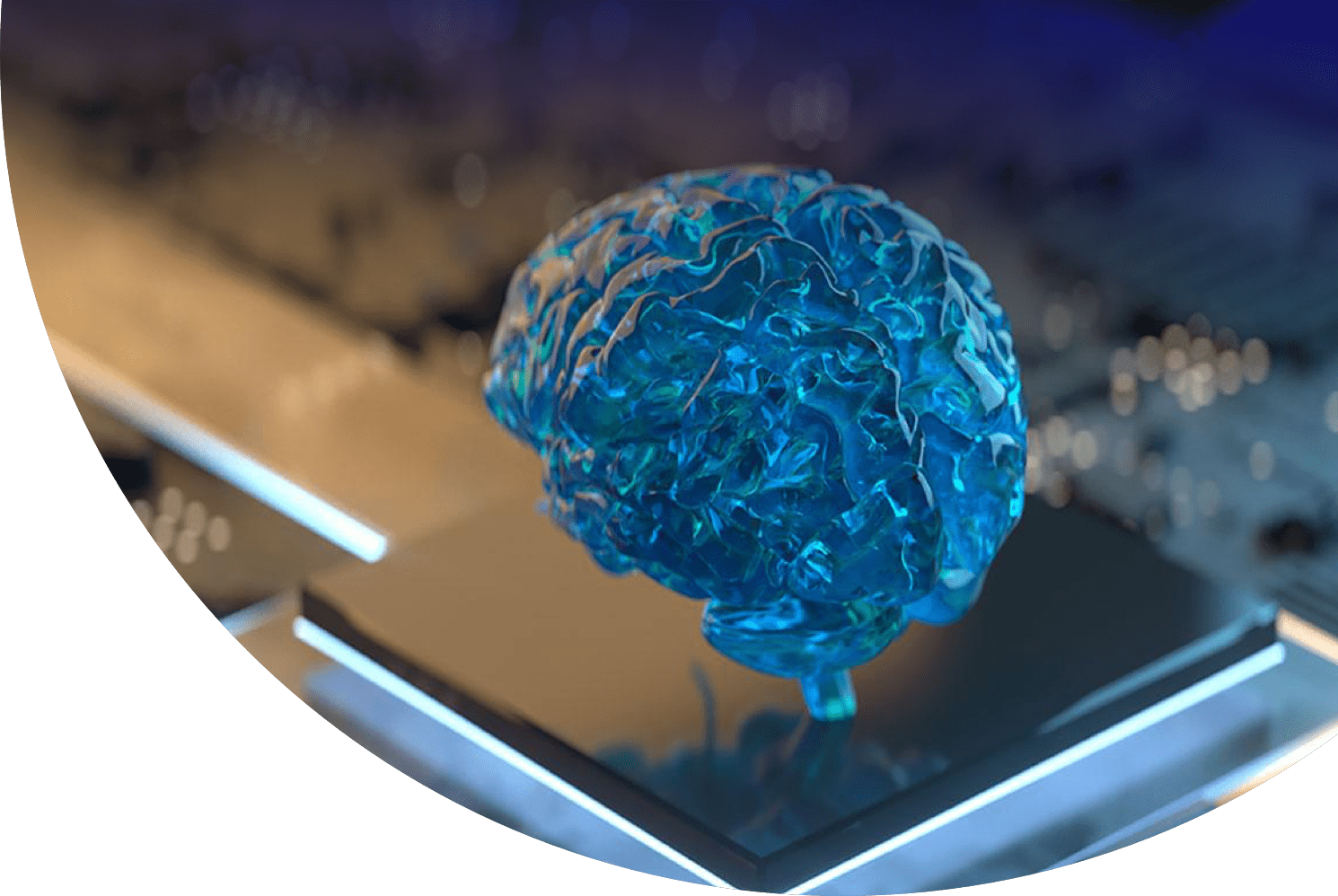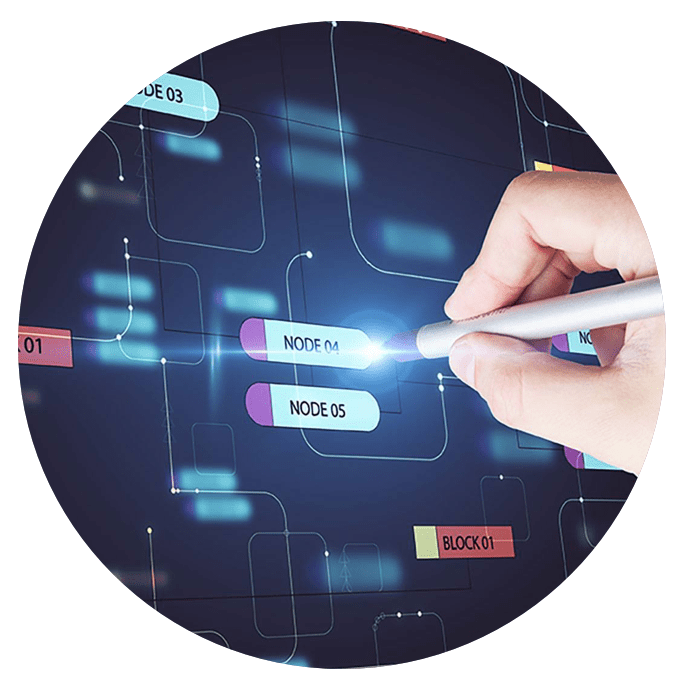
Our methodology
Objectis applies a “Project Methodology” that guarantees the quality of any IT development project, and optimizes transparency and turnaround times.
The stages

1. Pre-study
With minimal investment on your part, the aim of this first phase is to identify and model functionalities (main functions, sequences, etc.), use cases (interactions with the software’s user(s)) and the specific requirements imposed by the application (environment, hardware constraints, etc.). At the end of this phase, we provide you with a budget estimate and a roadmap for the next phases of analysis and development of your application.

2. Functional analysis & software architecture design
The second phase of our method aims to define the specifications for the software development work (in the form of UML diagrams and/or a FRS – Functional Requirement Specification – type document), to fix the technologies applied and to validate the budgetary and time aspects of the development phase.

3. HMI prototyping (optional)
At the end of the analysis, you can opt for this phase, which consists of creating a prototype of your future HMI. Our specialists will draw up the navigation diagram, the ergonomic rules for your application, and the graphic aspects to meet your requirements. In just 2 to 4 weeks, the face of your new software is revealed.

4. Development
The development phase is generally structured in several stages, each punctuated by predefined deliverables at the end of the analysis. For some projects, the Agile method is applied with its successive Sprints and a dynamic redefinition of the objectives and conditions of execution of the various Sprints. At the end of development, a knowledge transfer is organized with your teams.
Operational diagrams for understanding complex IT architectures
We use diagrams to illustrate the architecture of the proposed IT system, the application’s operational sequences and links, the choice of appropriate technologies, the application cases and the structure of the proposed HMI.


Objectis added value
- Software experts and architects to analyze your situation and propose innovative, effective solutions – Once the analysis has been carried out, you can choose whether to develop the chosen solution yourself, or entrust the task to us.
- Rapid intervention: thanks to the use of proven software bricks, the time-to-market of a software development project is greatly reduced.
- Auto-generated HMI guaranteeing absolute concordance between the code developed and the information exchanged by the HMI. This quality is particularly valuable when changes are made to the code, regardless of when these changes are made – during application development or several years later.
- Wide range of skills available.
